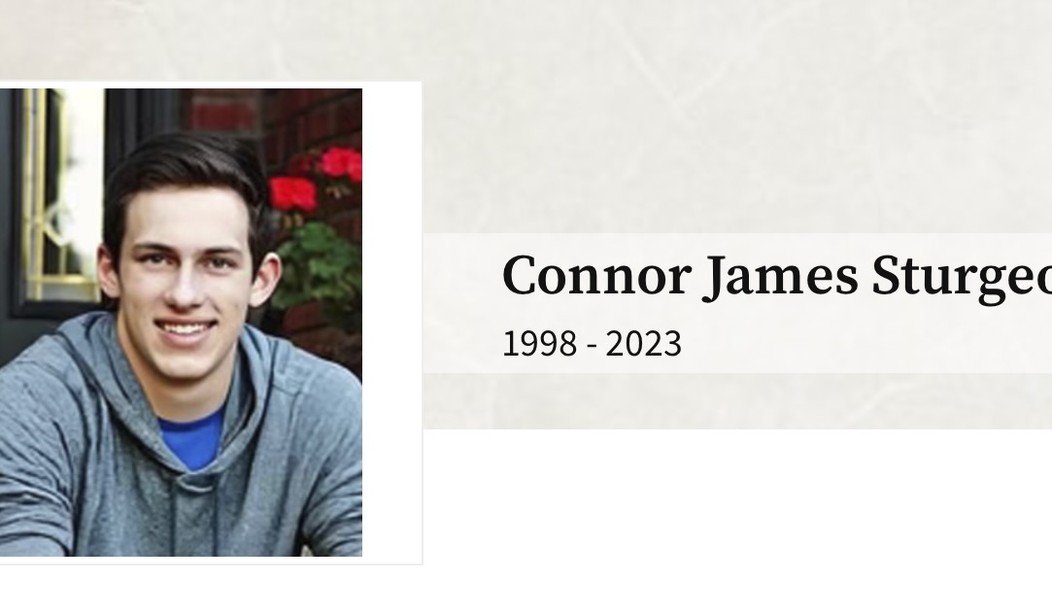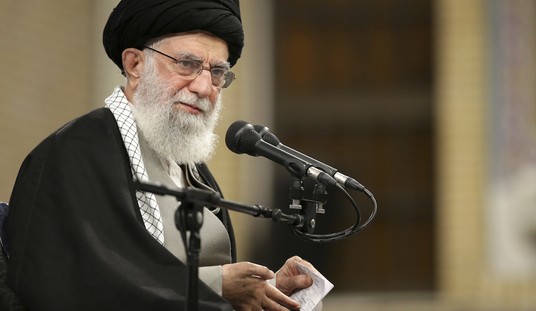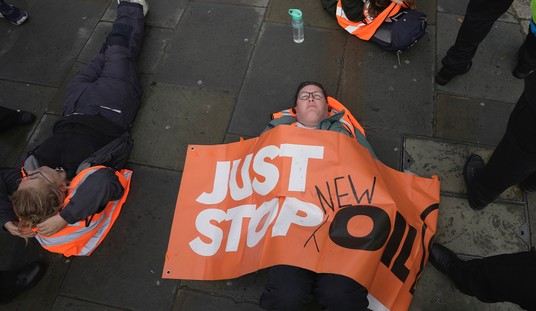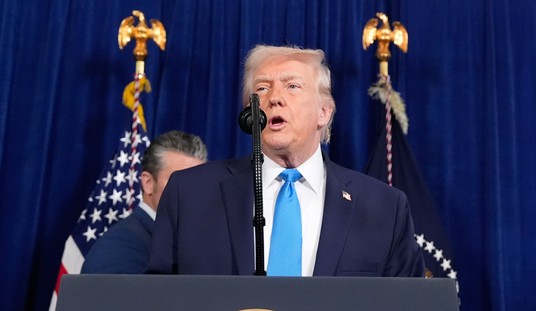Louisville shooter Connor Sturgeon apparently wanted to prove that access to guns leads to mass murder, so he decided to do it himself to prove his point.
That’s a very odd motivation, but apparently, he left behind a manifesto that outlined his reasoning.
Louisville shooter Connor Sturgeon reportedly detailed reasons for rampage in manifesto https://t.co/1vNDMG9Dtw pic.twitter.com/lJwyHKLubS
— New York Post (@nypost) April 20, 2023
First the claim as reported by the Post but as yet unconfirmed by the police.
Louisville bank shooter Connor Sturgeon apparently left a disturbing manifesto outlining three key reasons for his violent rampage that left five coworkers dead.
The 25-year-old commercial developer wrote a 13-page missive that detailed his motives for gunning down his colleagues during their morning conference at the Old National Bank last week, a massacre he captured on a deranged Instagram live stream, the DailyMail reported.
Sturgeon reportedly hoped to showcase how easy it was to buy a gun in Kentucky and wanted to highlight the mental health crisis in America.
He also planned to end the slaughter by suicide — a wish that was granted when he was shot to death by police officers he brandished his firearm.
Sturgeon’s manifesto is now reportedly in the hands of the Lousiville Police Department.
The shooting itself was horrific and is likely an example of a well-known phenomenon where mass shootings cluster in time due to a social contagion effect. It is the same sort of effect you see with other phenomena, such as rapid onset gender dysphoria and COVID mask hysteria. High-profile, high-emotion events tend to spur on people who are vulnerable to engage in what amounts to cult-like behavior.
The correlation is very high–for every mass shooting the chances of another following it is increased dramatically.
We find significant evidence that mass killings involving firearms are incented by similar events in the immediate past. On average, this temporary increase in probability lasts 13 days, and each incident incites at least 0.30 new incidents (p = 0.0015). We also find significant evidence of contagion in school shootings, for which an incident is contagious for an average of 13 days, and incites an average of at least 0.22 new incidents (p = 0.0001). All p-values are assessed based on a likelihood ratio test comparing the likelihood of a contagion model to that of a null model with no contagion.
Sturgeon, according to his relatives, was suffering from mental illness and was told that he would be fired soon. Clearly, under enormous stress, all the news surrounding recent mass shootings likely pushed him over the edge.
Ironically the focus of his upset appears to be the ease of access to guns, so apparently he wanted to take a stand against guns and mass shootings, and in his mind the Davig Hogg approach was insufficient: he would prove that guns were bad by using one to kill lots of people.
It is, literally, insane.
It is tempting to link his actions to the politics themselves, and clearly, there is a relationship between the highly charged rhetoric about guns and his particular choice to strike out in the manner he did. In other words, to politicize his actions because they were nominally political themselves.
That impulse isn’t unfair, but it also only touches on one part of the problem. Sturgeon’s actions appear to be more driven by his mental incapacity to control himself than anything else. The manifesto, if it exists, gives us a clue to his mindset, but my own sense is that the bigger issue is not the questionable politics or even the emotional rhetoric but the mental illness crisis that seems to be destroying America.
In other words, I am not in the “stochastic terrorist” camp that will seize on this manifesto as proof that anti-gun activists are promoting violence. If that makes me a wimp, so be it. Sturgeon could hang his hat on politics as an excuse, but unlike the Antifa thugs, his actions bear the hallmarks of a mentally deranged person simply breaking, not political terrorism.
We are embracing mental illness itself and discouraging its treatment. You see this in the homeless crisis, the celebration of “neurodivergence,” transgender ideology, and so many other movements in America. Mental illness has become a badge of honor in a subculture, encouraged by a lot of cultural leaders.
There is a war on normality and social norms. Helping people deal with their problems is seen as trying to oppress them; instead, we should embrace their mental illness and allow people to destroy themselves. The result is drug and crime epidemics and many other social ills.
We can have yet another discussion about gun violence in America, but nothing will come of that. America is divided and not much will change. The Second Amendment says what it says and politicians on the Left will make hay but no permanent changes to the status quo.
So all that is a distraction from the bigger and at least somewhat soluble issue: dealing with a mental illness crisis in America. Until we start treating mental illness as a crisis, not “neurodivergence” or people just being themselves these events will remain an all-too-regular occurrence.








Join the conversation as a VIP Member